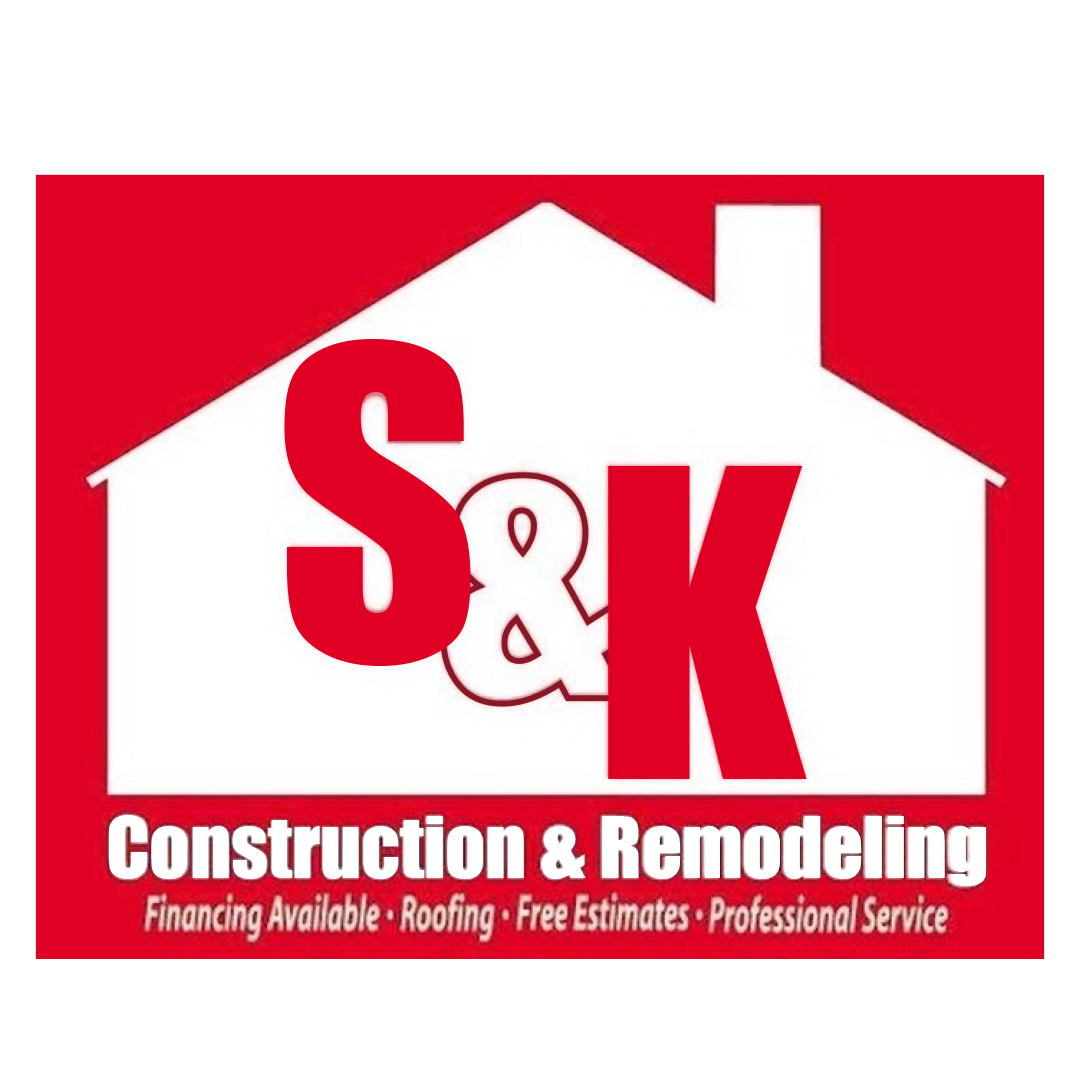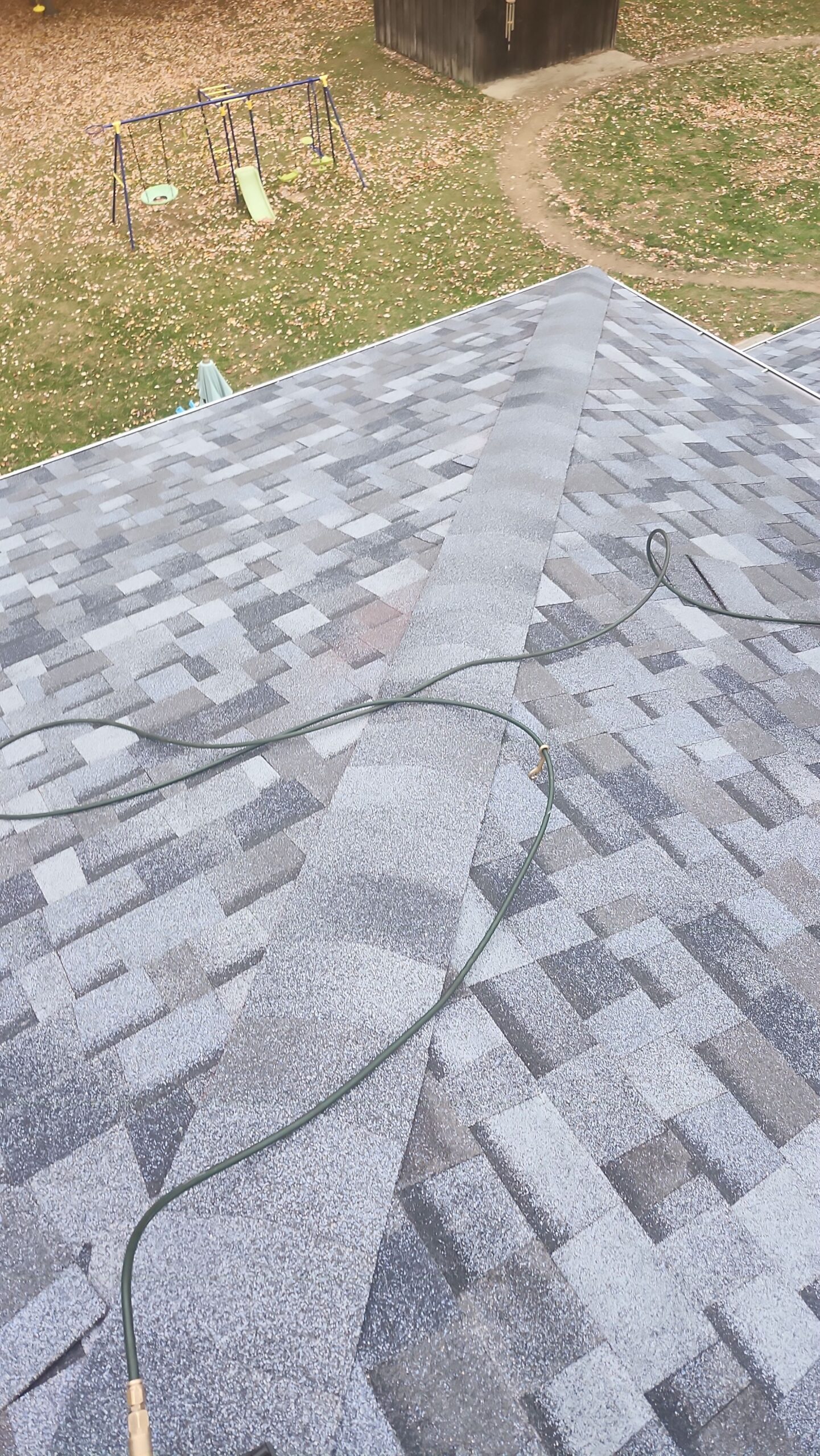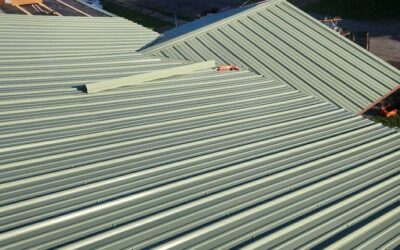Complete Guide to Fascia Board for Roof: Everything You Need to Know
When it comes to roofing, many homeowners overlook certain components that play a critical role in the overall function and aesthetics of their roof. One such component is the fascia board. Despite its importance, fascia boards are often a point of confusion for many. What exactly is a fascia board for a roof? What does it do, and why is it so important? In this comprehensive guide, we’ll explore all aspects of fascia boards, from their function to the materials used and tips for installation and maintenance.
This blog will dive deep into the fascia board for a roof, detailing its parts, purpose, types, and why it’s an essential feature of a roof system. We’ll also highlight common issues with fascia boards, how to fix them, and provide a step-by-step guide for fascia board installation and replacement. Whether you’re building a new home, considering a roof replacement, or just curious about the roof structure, this blog will provide all the information you need about fascia boards for roofs.
What is a Fascia Board for a Roof?
A fascia board is a horizontal board that runs along the edge of the roof. It is located just beneath the roofline and is typically visible from the exterior of your home. Fascia boards serve as the outermost part of the roof structure, covering the ends of the roof rafters and providing a neat, finished appearance.
Fascia boards are usually installed at the edge of the eaves of your roof, securing the gutters in place. These boards are vital for protecting your home from water damage, pests, and other environmental factors. Without fascia boards, the ends of the rafters and other roof components would be exposed, making them more susceptible to damage from rain, wind, and other weather conditions.
The Importance of a Fascia Board for Roofs
The fascia board for a roof is not only about aesthetics but also about protection and functionality. Here’s why fascia boards are so important:
- Protects the Roof from Weather Damage: Fascia boards act as a barrier to protect the interior of your roof from water, debris, and pests. They help to prevent water from infiltrating the roof and damaging the underlying structure.
- Supports the Gutter System: Fascia boards are typically the support structure for gutters, which are essential for directing rainwater away from the foundation of your home. Without fascia boards, your gutters would have no solid anchor, and water could overflow, causing damage to your roof and home’s exterior.
- Improves Curb Appeal: Fascia boards create a finished, sleek look for your roof. They provide clean edges and cover the exposed rafters, enhancing the aesthetic appeal of your home. Available in various styles and materials, fascia boards can significantly impact the visual appeal of your roofline.
- Ventilation: Properly installed fascia boards can help with attic ventilation by working in tandem with the soffit. This helps to reduce moisture buildup, which can lead to mold, mildew, or ice dams in colder climates.
The Parts of a Fascia Board
The fascia board for a roof is composed of several key components that work together to protect your home and enhance the roof’s overall performance. Let’s take a look at the major parts that make up this crucial component:
1. Fascia Board
The fascia board itself is a horizontal board that runs along the edge of the roof, covering the rafter tails. This board is usually made of wood, aluminum, or vinyl. Its primary function is to provide a protective and aesthetic edge for the roof.
2. Gutters
The gutters are installed directly on the fascia board. They serve to channel water away from the roof and prevent it from spilling onto the sides of the house. Without the fascia, gutters would not have the necessary support to function properly.
3. Soffit
The soffit is the material that runs beneath the fascia board, filling the gap between the edge of the roof and the exterior wall of the house. Soffits often contain vents, allowing air to circulate in the attic space, which helps maintain proper ventilation and temperature regulation.
4. Fascia Trim
Fascia trim is used to cover seams and joints where different parts of the roof meet. It is installed around the fascia board to give it a finished appearance, concealing the edges of the rafters and other roofing materials. Fascia trim can be made from the same material as the fascia board or another complementary material.
5. Rafter Tails
Rafter tails are the exposed ends of the roof rafters that extend beyond the edge of the house. These can often be covered by the fascia board or left exposed for decorative purposes. In modern roofing systems, rafters are usually covered with fascia to provide a clean and uniform look.
Materials Used for Fascia Boards
Fascia boards are available in a wide variety of materials, each with its own set of benefits and considerations. The material you choose for your fascia board will depend on factors such as climate, maintenance preferences, and budget.
Here are some of the most common materials used for fascia boards:
1. Wood
Wood is the traditional material used for fascia boards. It is known for its natural beauty and ability to blend seamlessly with various architectural styles. However, wood requires regular maintenance to protect it from moisture, rot, and pests. It should be treated and painted regularly to prolong its lifespan.
- Pros: Aesthetic appeal, customizable.
- Cons: Requires regular maintenance, susceptible to rot, susceptible to pests.
2. Vinyl
Vinyl fascia boards are low-maintenance and highly durable. They are resistant to rot, cracking, and fading, making them an excellent choice for areas with extreme weather conditions. Vinyl fascia is available in a wide range of colors and styles, though it can be less customizable than wood.
- Pros: Low maintenance, durable, resistant to rot and pests.
- Cons: Less customizable, can fade over time.
3. Aluminum
Aluminum fascia boards are lightweight, durable, and resistant to rust and corrosion. Like vinyl, aluminum fascia is low-maintenance and provides long-lasting protection for your roof. Aluminum can also be painted to match the exterior of your home, making it a versatile option for many homeowners.
- Pros: Lightweight, durable, resistant to rust, low-maintenance.
- Cons: Prone to denting, limited color options.
4. Fiberglass
Fiberglass fascia boards are another low-maintenance option for homeowners looking for durability and weather resistance. They are highly resistant to moisture and pests, making them an excellent choice for regions with high humidity or frequent rain.
- Pros: Durable, resistant to moisture, low-maintenance.
- Cons: Can be more expensive, less customizable.
Fascia Board Installation and Replacement
If you’re looking to install a fascia board or replace an old one, it’s important to follow the proper steps to ensure the job is done correctly. Installing or replacing fascia boards can be a complex task, especially if you’re dealing with older roof systems or structural issues. Here’s a step-by-step guide to help you through the process:
Step 1: Assess the Condition of Your Roof
Before installing or replacing the fascia board, it’s important to assess the overall condition of your roof. Check for any signs of water damage, rot, or pest infestations that may require additional repairs.
Step 2: Remove the Old Fascia Board (If Applicable)
If you’re replacing an old fascia board, the first step is to carefully remove the existing board. Use a hammer or pry bar to loosen the nails and remove the fascia. Be sure to check the condition of the underlying roof structure to ensure no further repairs are needed.
Step 3: Measure and Cut the New Fascia Board
Measure the length of the edge of your roof where the fascia will be installed. Cut the new fascia board to the correct size using a saw. Make sure the cuts are straight and clean to ensure a proper fit.
Step 4: Install the New Fascia Board
Once the new fascia board is ready, secure it to the roof structure using nails or screws. Be sure to place the nails or screws approximately 6-8 inches apart for a secure hold. If you are attaching gutters to the fascia, ensure the board is securely fastened to support the weight of the gutters.
Step 5: Add Soffit Vents (If Needed)
If your new fascia board will include soffit ventilation, be sure to install soffit vents along the underside of the fascia. This will help promote proper airflow in the attic, reducing the risk of mold and moisture buildup.
Step 6: Finish the Installation
Once the fascia is in place, add any trim pieces or decorative elements, such as fascia trim, to give the roofline a finished look. Make sure the fascia is securely attached and that no gaps or cracks remain.
Common Problems with Fascia Boards
Despite their importance, fascia boards can sometimes develop problems over time. Some common issues with fascia boards include:
1. Water Damage
Water damage is one of the most common issues with fascia boards. Clogged gutters or poor drainage can cause water to overflow onto the fascia, leading to rot and decay. Regularly cleaning and maintaining your gutters can help prevent water damage to the fascia.
2. Pest Infestation
Pests such as termites, carpenter ants, and rodents can often gain access to your home through damaged fascia boards. Regular inspections for signs of pest damage and maintaining a pest-free environment in your attic can help prevent these issues.
3. Peeling Paint
If your fascia board is made of wood, the paint may peel or fade over time due to exposure to the elements. Repainting the fascia every few years can help protect it from the weather and keep it looking fresh.
4. Rot
Fascia boards are susceptible to rot if they are exposed to constant moisture. Installing a well-maintained gutter system and ensuring proper drainage can help prevent rot in the fascia board.
Conclusion
The fascia board for a roof is an essential part of your roofing system that plays a significant role in both the protection and appearance of your home. By understanding the different parts of the fascia board, the materials used, and the common problems associated with it, homeowners can make informed decisions about installation and maintenance. Regular inspection and care of the fascia board can help prolong its lifespan, prevent costly repairs, and maintain the overall integrity of your roof. Whether you’re installing new fascia boards or replacing old ones, ensuring they are properly maintained is key to preserving the health of your roof and home.
 (440) 307-2060
(440) 307-2060


